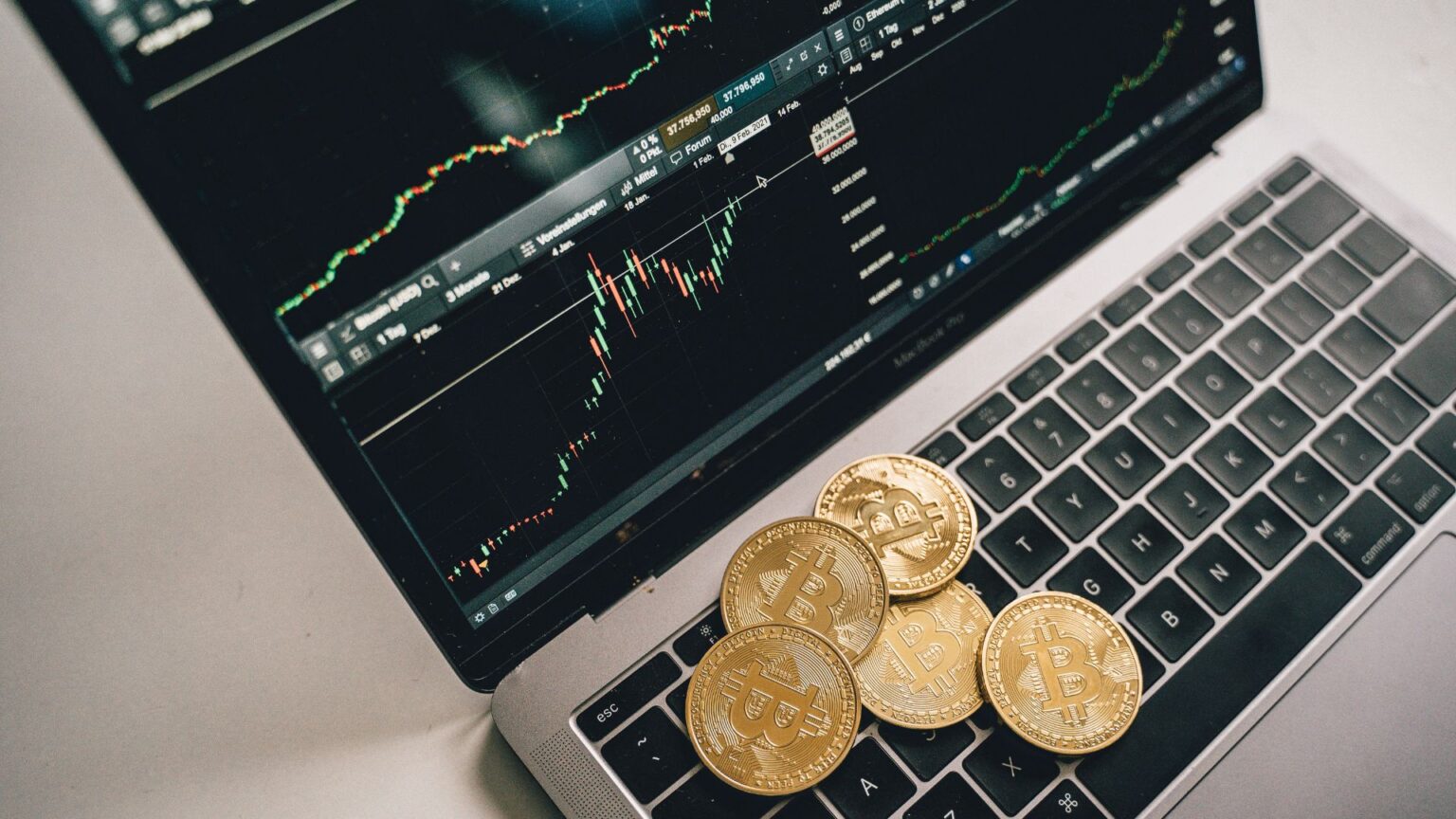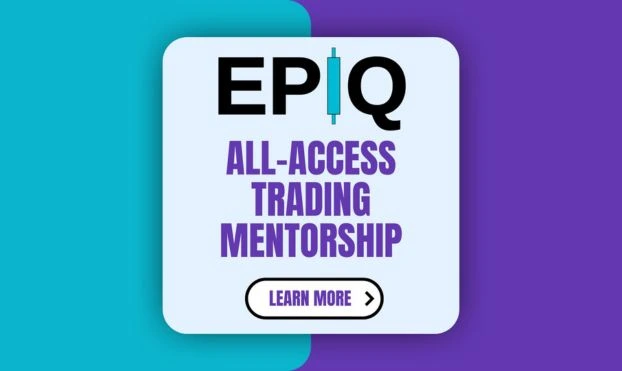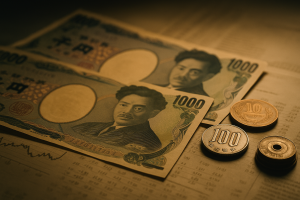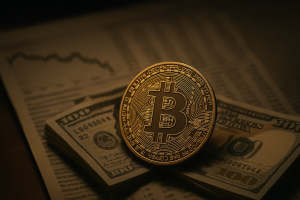In the world of trading, macroeconomic events are some of the most impactful drivers of market volatility. Reports like the Federal Open Market Committee (FOMC) announcements, Consumer Price Index (CPI) releases, and Producer Price Index (PPI) data have the power to move markets significantly in a short period of time. For traders, these events present both risks and opportunities, making it crucial to understand how to navigate them effectively.
In this blog, we’ll explore the best practices for trading during highly volatile macro events and how you can use this knowledge to improve your trading strategy.
1. Understanding the Key Macro Events
FOMC (Federal Open Market Committee)
The FOMC is responsible for setting monetary policy in the United States, and its interest rate decisions have a direct impact on the markets. The committee meets eight times a year to review economic conditions and determine whether to raise, lower, or maintain interest rates. Any changes in interest rates or forward guidance from the FOMC can cause significant market swings, particularly in currency, stock, and bond markets.
CPI (Consumer Price Index)
The CPI measures the average change in prices paid by consumers for goods and services, making it one of the most important indicators of inflation. If inflation is rising too fast, central banks may hike interest rates to slow it down, which can affect the overall market sentiment. Traders often view the CPI report as a key indicator of future monetary policy decisions.
PPI (Producer Price Index)
Similar to the CPI, the PPI tracks changes in the selling prices received by domestic producers for their goods and services. The PPI reflects inflation at the wholesale level and can provide early insights into future consumer inflation trends. Sharp changes in the PPI can trigger volatility, especially in sectors sensitive to raw materials and production costs.
2. Best Practices for Trading Volatile Macro Events
A. Prepare in Advance
Macro events like FOMC meetings and CPI releases are scheduled in advance, so there’s no excuse not to be prepared. Ensure you know the dates and times of these reports and understand what the market is expecting. Leading up to the event, review market sentiment, analyst predictions, and historical market reactions to similar events.
A key tip is to watch how the market positions itself in the days leading up to the event. Are investors bullish or bearish? Is the market already pricing in certain expectations? Understanding the current sentiment will help you plan your strategy.
B. Be Cautious with Leverage
Leverage amplifies both profits and losses, and during high-volatility events, losses can accumulate quickly. Traders should consider reducing leverage or avoiding it altogether when trading during major macro events. High leverage can lead to large swings in your account balance, making risk management more difficult.
C. Use Stop-Loss Orders and Manage Risk
Volatility can lead to sudden price swings in both directions, so having stop-loss orders in place is crucial. A well-placed stop-loss can protect you from excessive losses in case the market moves against you. In addition to stop-losses, it’s essential to have a clear risk management plan—never risk more than a small percentage of your capital on a single trade, particularly during high-volatility events.
D. Focus on Liquidity and Spread
During macro events, liquidity can dry up, leading to wider bid-ask spreads. This can make it more expensive to enter or exit trades. Be mindful of the liquidity and spread conditions around the event, as it can significantly affect your trading costs. It’s generally advisable to avoid entering trades just before the event, as spreads are likely to widen and volatility can spike.
E. Consider Waiting for the Dust to Settle
One common mistake traders make is jumping into trades immediately after a macro event announcement. Markets tend to experience “whipsaw” action, where prices swing violently in both directions before settling into a trend. Consider waiting for the initial volatility to subside and the market to pick a direction before entering your trade. This can help you avoid being stopped out prematurely due to extreme price movements.
3. Strategies for Trading Macro Events
A. Fade the Reaction
In some cases, the market may overreact to macroeconomic data, pushing prices far beyond reasonable levels. In such scenarios, you can employ a fade strategy, which involves trading against the initial price movement. For example, if the market rallies too sharply after a lower-than-expected CPI report, you might look for signs of exhaustion and go short, expecting the market to retrace.
B. Trade the Trend
If the event confirms a strong underlying trend (e.g., a hawkish FOMC statement confirms a tightening cycle), you can trade in the direction of the trend. In this case, waiting for the market to stabilize after the event and then entering a trade in the direction of the trend can be a smart move. Trading with the trend is generally safer than trying to counter it.
C. Breakout Trading
During major macro events, markets can experience significant breakouts as new information leads to fresh buying or selling pressure. Breakout trading involves entering a position when the market breaks through a key support or resistance level. This strategy can be particularly effective in highly volatile environments, as it allows traders to capture large price movements.
4. Enhance Your Trading Skills with EPIQ Trading Floor
Navigating major macro events like the FOMC, CPI, and PPI can be tricky, but with the right strategies and tools, you can turn volatility into opportunity. At EPIQ Trading Floor, we provide real-time signals, expert analysis, and a community of traders to help you make informed decisions. Whether you’re trading forex, stocks, or cryptocurrencies, EPIQ offers the insights and strategies you need to succeed in fast-moving markets.
Start your 3-day free trial today! Join EPIQ Trading Floor to access exclusive strategies, real-time market data, and the support you need to enhance your trading.
Disclaimer
The information provided in this blog is for educational purposes only and does not constitute financial advice. Always conduct your own research before making any investment decisions.










Responses